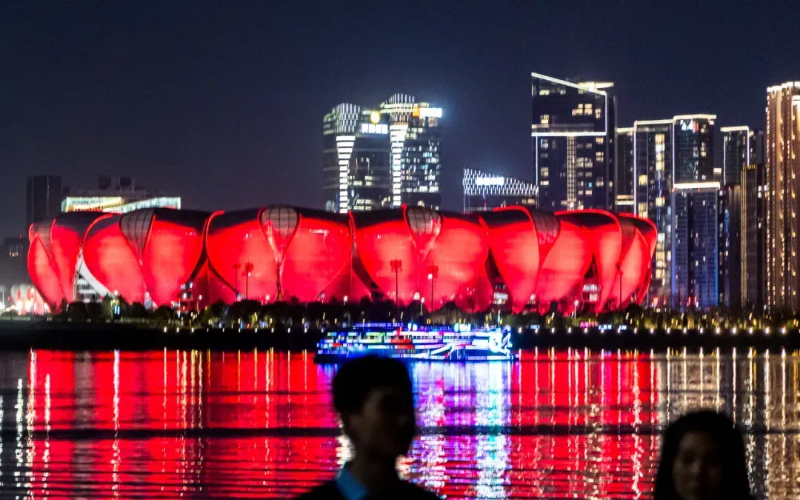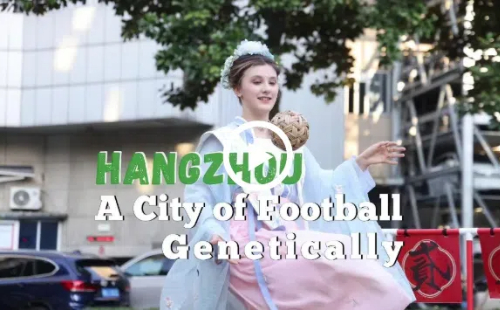Green Hangzhou, green finance
Hangzhou, the host city of the 2016 G20 summit, impresses every visitor with its greenness. Actually green is not only the color of the city’s outlook, but also its finance. It stands out in China’s transition to a low carbon economy.
The concept of green finance generally refers to investments flowing to projects that are environmentally friendly or supporting sustainable development initiatives.
During the first seven months of 2016, China issued 120 billion yuan ($18billion) of green bonds, making up 40 percent of the global total. China has also placed a special focus on green finance in 2016 as part of its G20 summit, by listing green finance on the G20 agenda and setting up a special study group.
Hangzhou is the epitome of China’s switch to green finance and has made some impressive achievements in the area.
In the first-half of 2016, the size of the information industry increased by over 26 percent, amounting to 23.8 percent of Hangzhou’s GDP.
Also, Ant Financial, an online payment services provider, has enabled a huge group of individuals and businesses to finish payments online through Alipay, cutting over half a million tons of carbon in 2015, an equivalent to an increase of 5,540,000 trees.
Users of Alipay’s “carbon account” can plant a virtual tree by using the Alipay app to record their daily steps, public transportation usage, and pay their utility bills. The tree will actually be physically planted somewhere by NGOs when the virtual one grows tall.
In Shannan Fund Town, an industrial park near West Lake, 890 investment agencies manage 520 billion yuan, and a quarter of the money is invested in environmentally friendly projects.
An official from the Shannan Fund Town said that the G20 summit would help give the town an international reputation as a place that supported sustainable development and innovation.





 play
play